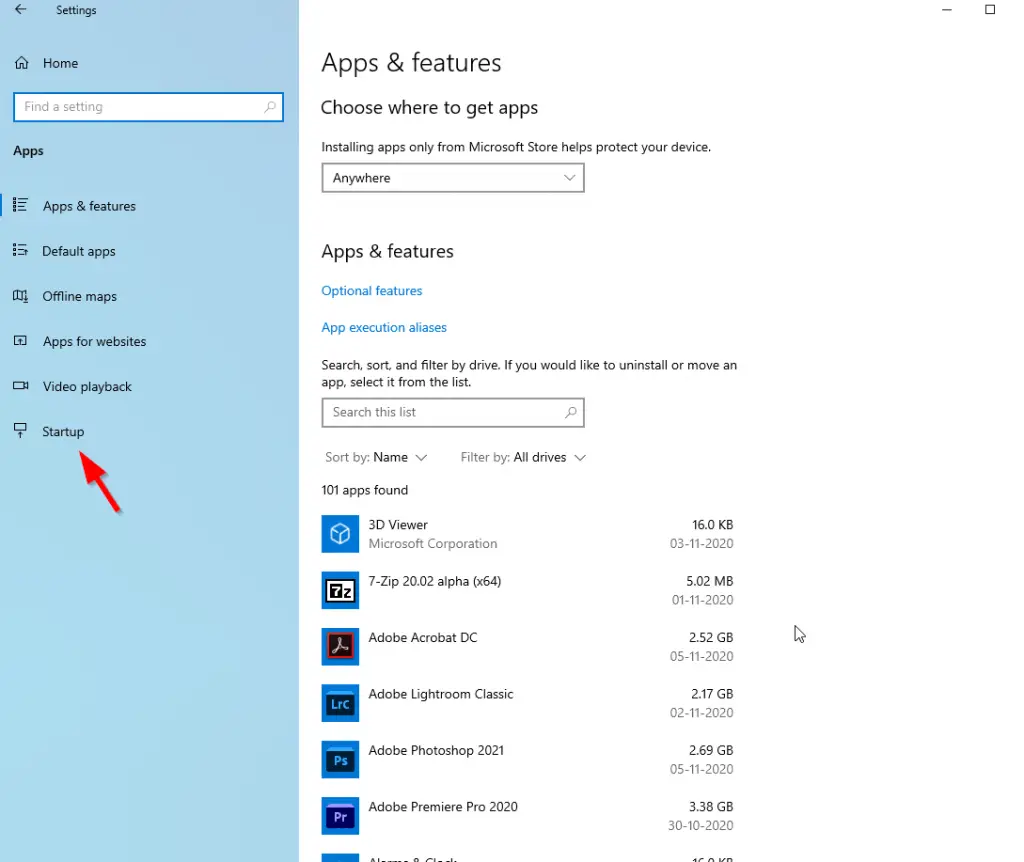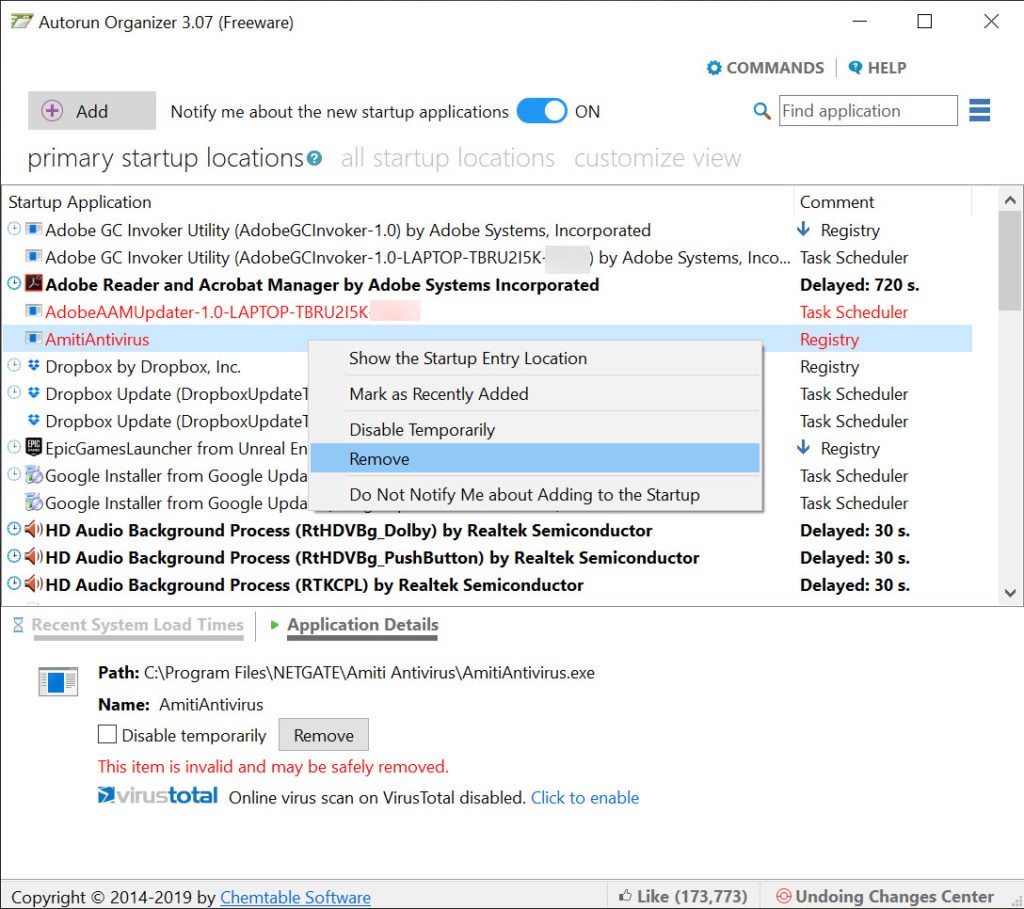

Option 1: Manage Startup Programs in Settings.

It covers how to remove a startup program and start the program automatically when the computer is turned on, you will learn the easiest way to change the application that will run automatically or not run when Windows 10 starts. This tutorial explains how to manage your startup programs to make Windows boot faster. Obviously, this won't let you see user passwords or perform system administration (things I assume you're interested in, based on the tags you added), though.4 Ways to Manage | Change Startup Programs in Windows 10 To be clear, each of those approaches could be used to do things for other users at login, and some can do things before login, but you need Admin to make any changes that would affect other users or pre-login behavior. However, these approaches will only execute your program when you log in (they won't run pre-login, or when somebody else logs in), and only under your own privileges (they won't run as SYSTEM, Administrator, or as any other user). there's the per-user Startup folder in the Start menu ( %appdata%\Microsoft\Windows\Start Menu\Programs\Startup), the per-user Run key in the Registry ( HKEY_CURRENT_USER\Software\Microsoft\Windows\CurrentVersion\Run), create a scheduled task that runs when you log in ( taskschd.msc or schtasks.exe), and probably other options. Now, if you're asking for a way to run a program when you log in, that's not hard at all. Even if anybody here has a way to do that, they're not going to tell you, not when they could get a big pile of cash for either telling MSFT about it, selling it on the black market, or using it to create malware themselves. Think about it: what you're asking for (change how the OS works, without being authorized to do that) amounts to "I want to break the most visible security feature of the most widely used desktop operating system on the planet". That situation pretty strictly supersedes Administrator access, but can be blocked by Bitlocker or other full-volume encryption (where TPM is used and you don't have the key), especially if Secure Boot is also enabled and can't be disabled. Nothing a non-admin can do will modify the OS boot process, unless the user has physical access to the machine and the ability to modify the boot disk offline.


 0 kommentar(er)
0 kommentar(er)
